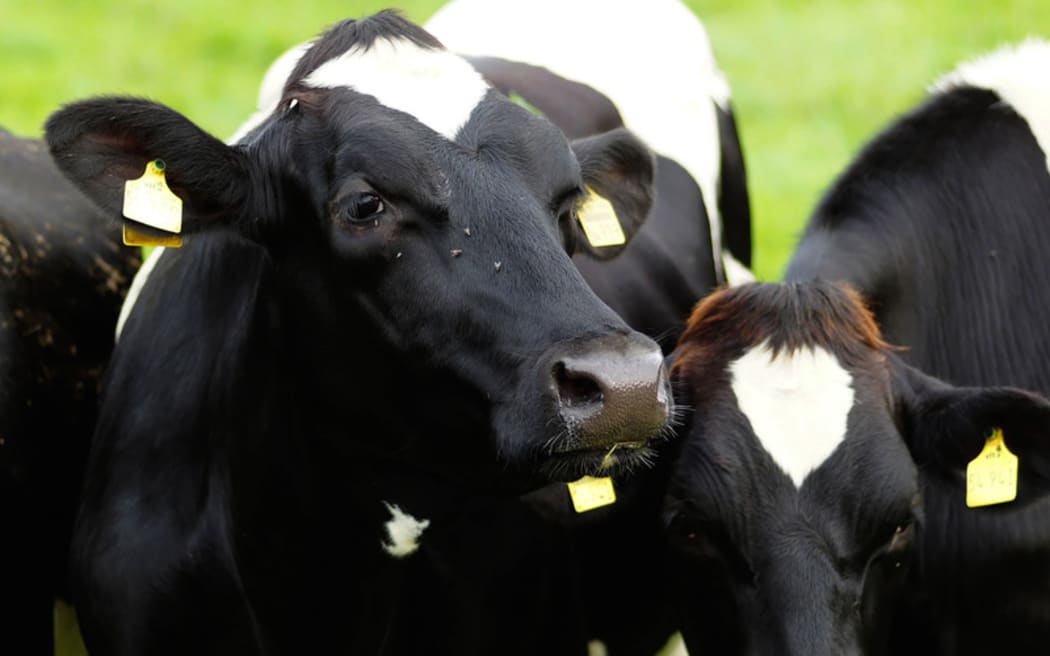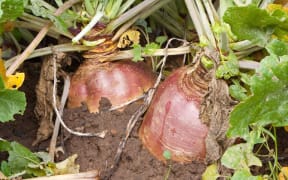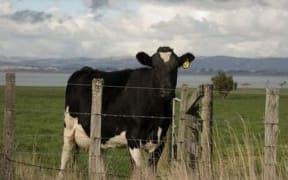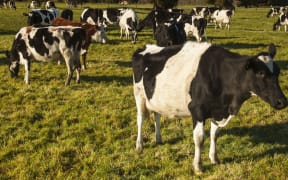The industry body DairyNZ is advising southern dairy farmers to be careful about the amount of swedes they feed out to their cows over the winter and spring.

Photo: SUPPLIED
But they have not been advised at this stage to steer clear of herbicide tolerant swedes that have been linked to the deaths of cows in Southland and South Otago last spring.
That is despite tests that showed herbicide tolerant swedes contained up 16 times higher levels of toxic compounds in their leaves than other varieties of the brassica.
An industry working group has been investigating the deaths of hundreds of cows after eating swedes, a common supplementary stock feed in the south.
Farmers have been advised of key findings from a survey of more 130 farmers, done to shed more light on the deaths.
The survey confirms that there was a higher incidence of ill-health related to Herbicide Tolerant (HT) swedes compared with other varieties.
However, DairyNZ's Southland/South Otago regional leader Richard Kyte, said the reason for that was still unclear.
"During that season the HT swede did show an increased incidence of ill health with cows, and especially as the crop matured later in the season, so that's something farmers need to be aware of when they look at grazing those crops.
"There's still some plant science to come out, we're looking at the end of July, there was some plant plant samples taken around that, around glycosinolates (compounds in the leaves), and trying to find which ones may or may not be responsible for the issue," said Mr Kyte.
"But we also think it's multiple issues. Obviously swedes have been fed for generations and this popped up this last season."
Mr Kyte said farmers should be careful no matter what sort of swede they were using and take note of the key findings.
They show the incidence of disease increases as the proportion of swedes fed as part of the cow's total diet increased during winter as well as spring.
The risk also rises when feeding swedes in spring, when crops are more mature and cows are under more pressure as they approach calving and early lactation.
The survey also showed that warmer air temperatures and fewer frost days last winter and spring may have enhanced both leaf growth and maturity in the swedes and increased the risk of ill-health effects when feeding the crop.




